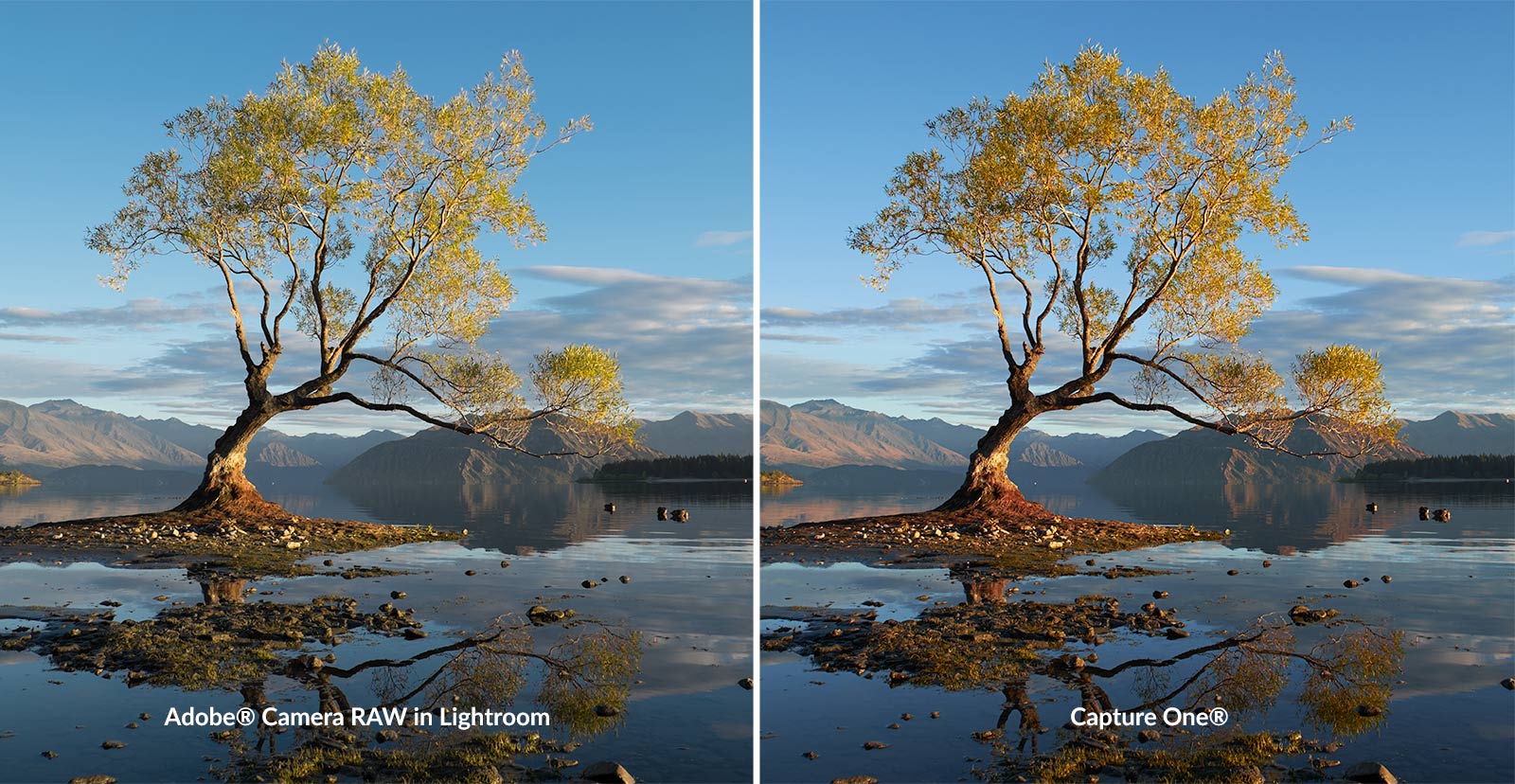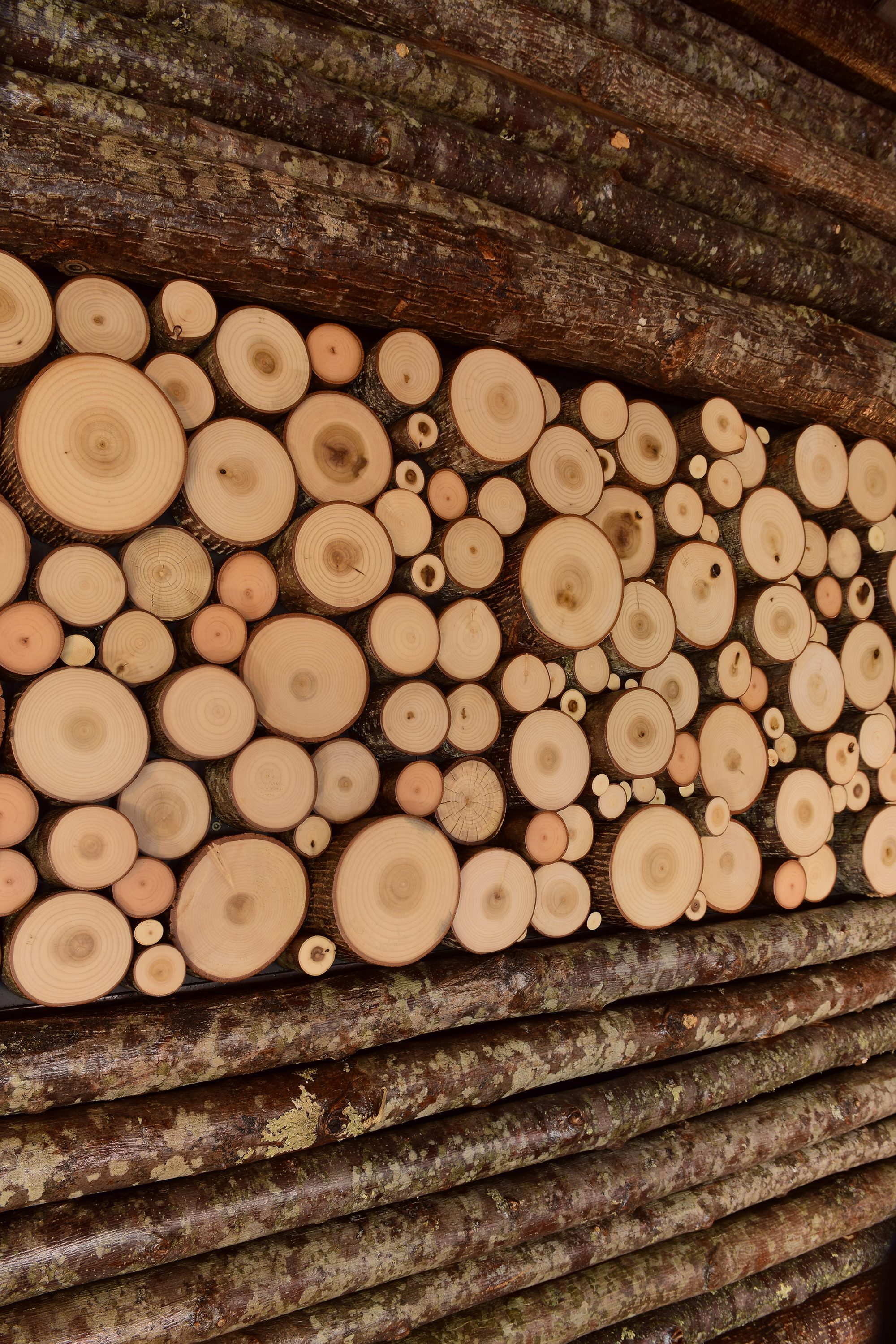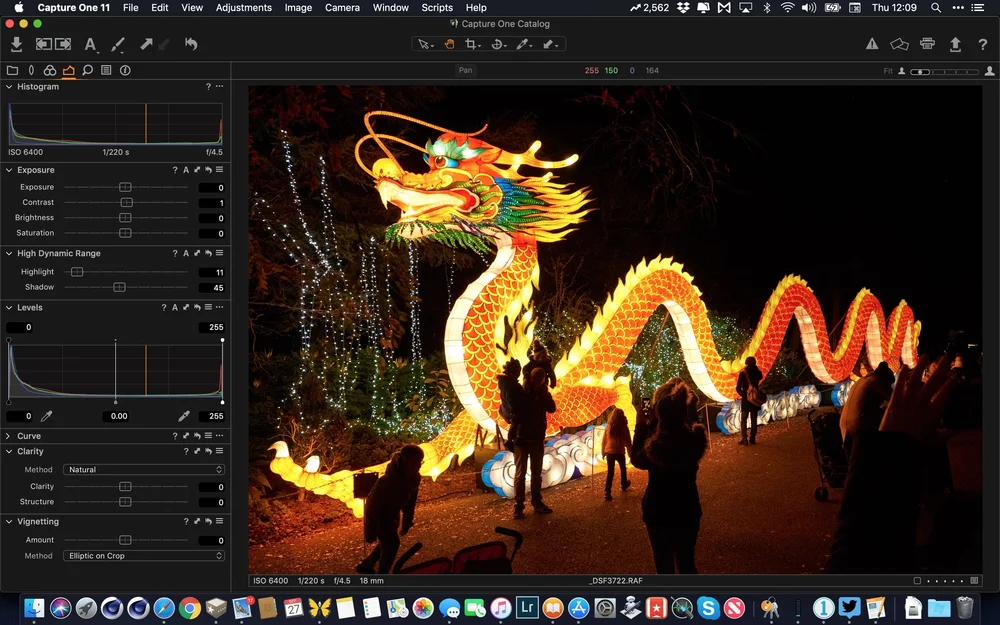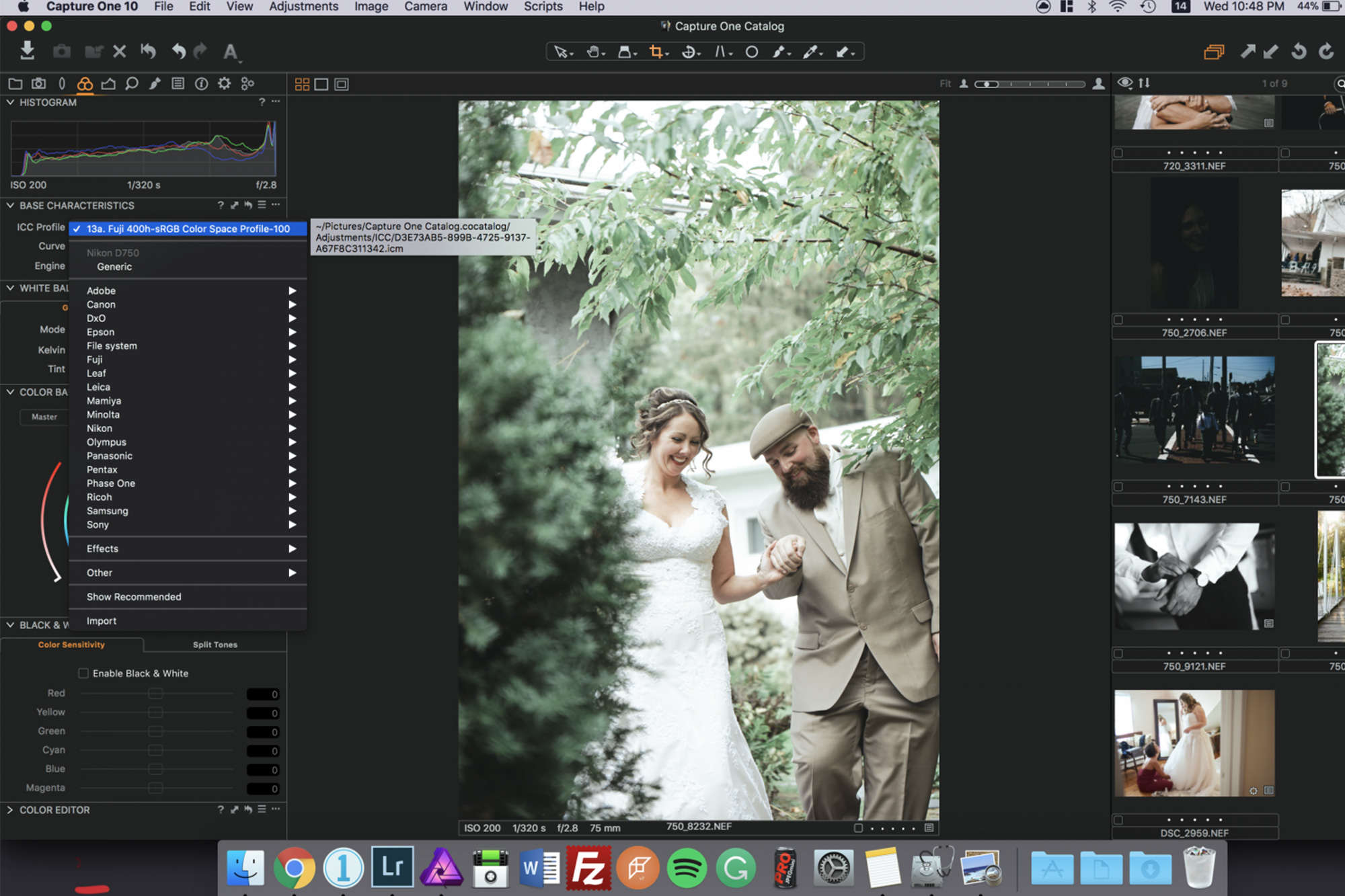Capture One For Fuji
Through a smooth, efficient workflow Capture One is the professional’s choice in imaging software. Capture One FUJIFILM brings custom camera support exclusively for FUJIFILM. The recognized workflow solution, exceptional color handling, and precision editing. Capture One now deliver FUJIFILM film simulations and tethering support.
- Capture One is the industry leader in photo editing software. Make quick tweaks or major transformations to your photos with this free software designed for Fujifilm. Download Capture One Express Fujifilm and enhance your shots with auto adjustments, simple editing options, and instant looks.
- Fujifilm specifics. Capture One, necessarily, handles Fujifilm X-Trans files in a slightly different way to other cameras, and thus RNI came up against another hurdle with this. In order for All Films 5 to affect our images, we need to first ensure that Capture One’s Curve (not Curves) tool in Base Characteristics is set to Film Standard.
This is my very first tutorial in this blog, because it’s one of the most asked in Raf (RAW) editing with Fujifilm mirrorless cameras aka X-Trans sensor based cameras.
Why I chose Capture One Pro (on PC)? Well I tried several other software like Lightroom and Photo Ninja and I have found that Capture One is the best for keeping details and sharpness with Fuji’s RAW format Raf, the thing you must understand is that the X-Trans sensors are using is not Bayer sensors which are largely used with other brands, Lightroom for instance will give you tremendous results with Nikon and Canon RAW photos because they mastered for years the Bayer technology, while with Raf it’s far from perfect.
Capture One Pro though is now considered as the best for ”translating” X-Trans information and so it’s the best under MS Windows to edit them and specially sharpness.
You still can use third party apps in LR to have good results like using Nik Software RAW sharpener, but still then it’s not as good as Capture One.
Ok now let’s focus on the tutorial itself.
In Capture One Pro click on the Details (magnifier icon) to open the Details tab which includes Sharpness values.
Ok now that we have access to Sharpening and Noise Reduction sections like that we can proceed with the new values
This are the values ”out of the box” for Raf taken with ISO 200, with higher ISOs it will decrease the Amount value.
You must apply sharpness Amount and Radius depending on the lens you have, for example with my XC 16-50 lens I go further in the values because the lens is less sharp (hardware wise) than my XF 23mm f2, so if your lens (XC lenses, XF 18-55, XF 18mm f2…) is known to be in the ”sharp nut not from the sharpest lenses” in Fujinon world you should apply my ”Turbo sharpness” settings, for known very sharp lenses (XF 23mm f1.4 and f2, XF 14mm, XF 16mm, XF 35mm f1.4 and f2, XF 16-50…)
Sharpening ”Turbo” settings: (only to use with not very sharp lenses or else you can end with over-sharpened results)
Amount: 165 to 175
Radius: 1.1 to 1.2
Threshold: 0.5
Sharpening settings:
Amount: 150 to 160
Radius: 1.0 to 1.1
Threshold: 0.5
Noise Reduction:
Luminance for ISO 200 to 640: 0 yes Zero
Luminance for ISO 800 to 1600: 25
Luminance for ISO 1600 to 6400: 50
The ”Before and After” section
All these examples are 100% crops so you can evaluate sharpness on real scale.
With the Turbo settings applied on a ISO 200 photo taken with the XC 16-50 lens
XC 16-50 crop details with stock values in Capture One Pro
XC 16-50 crop details using my Turbo settings in Capture One
And now with the XF 23mm f2, you will notice that out of the box the photo is already sharper than the XC , so we used the normal sharpness value.
Before sharpness editing taken with the XF 23mm f2

Last words:
I will post a tutorial about how to apply Clarity and Structure values on your photos and how it can affect the visual feeling of greater sharpness and details. Clarity in Capture One can reveal the hidden subtle details called ”micro-contrast” of your Fuji Raf photos, more present on Prime and expensive zoom lenses.

This is my very first tutorial in this blog, because it’s one of the most asked in Raf (RAW) editing with Fujifilm mirrorless cameras aka X-Trans sensor based cameras.

Why I chose Capture One Pro (on PC)? Well I tried several other software like Lightroom and Photo Ninja and I have found that Capture One is the best for keeping details and sharpness with Fuji’s RAW format Raf, the thing you must understand is that the X-Trans sensors are using is not Bayer sensors which are largely used with other brands, Lightroom for instance will give you tremendous results with Nikon and Canon RAW photos because they mastered for years the Bayer technology, while with Raf it’s far from perfect.
Capture One Pro though is now considered as the best for ”translating” X-Trans information and so it’s the best under MS Windows to edit them and specially sharpness.

You still can use third party apps in LR to have good results like using Nik Software RAW sharpener, but still then it’s not as good as Capture One.
Ok now let’s focus on the tutorial itself.
In Capture One Pro click on the Details (magnifier icon) to open the Details tab which includes Sharpness values.
Ok now that we have access to Sharpening and Noise Reduction sections like that we can proceed with the new values
This are the values ”out of the box” for Raf taken with ISO 200, with higher ISOs it will decrease the Amount value.
You must apply sharpness Amount and Radius depending on the lens you have, for example with my XC 16-50 lens I go further in the values because the lens is less sharp (hardware wise) than my XF 23mm f2, so if your lens (XC lenses, XF 18-55, XF 18mm f2…) is known to be in the ”sharp nut not from the sharpest lenses” in Fujinon world you should apply my ”Turbo sharpness” settings, for known very sharp lenses (XF 23mm f1.4 and f2, XF 14mm, XF 16mm, XF 35mm f1.4 and f2, XF 16-50…)
Sharpening ”Turbo” settings: (only to use with not very sharp lenses or else you can end with over-sharpened results)
Amount: 165 to 175
Radius: 1.1 to 1.2
Threshold: 0.5
Sharpening settings:
Amount: 150 to 160
Radius: 1.0 to 1.1
Threshold: 0.5
Noise Reduction:
Luminance for ISO 200 to 640: 0 yes Zero
Luminance for ISO 800 to 1600: 25
Luminance for ISO 1600 to 6400: 50
The ”Before and After” section
All these examples are 100% crops so you can evaluate sharpness on real scale.
With the Turbo settings applied on a ISO 200 photo taken with the XC 16-50 lens
XC 16-50 crop details with stock values in Capture One Pro
XC 16-50 crop details using my Turbo settings in Capture One
And now with the XF 23mm f2, you will notice that out of the box the photo is already sharper than the XC , so we used the normal sharpness value.
Before sharpness editing taken with the XF 23mm f2
Capture One For Fuji
Last words:
Capture One For Fuji Review
I will post a tutorial about how to apply Clarity and Structure values on your photos and how it can affect the visual feeling of greater sharpness and details. Clarity in Capture One can reveal the hidden subtle details called ”micro-contrast” of your Fuji Raf photos, more present on Prime and expensive zoom lenses.
